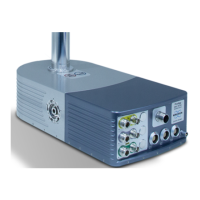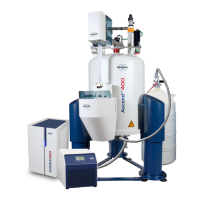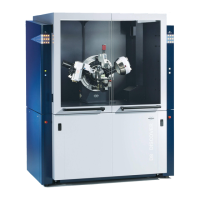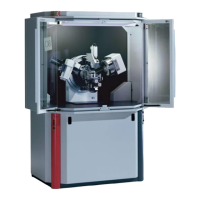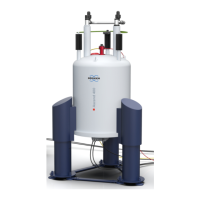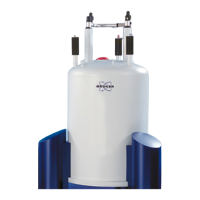Bruker Confidential Information
3.3. Making a PSI Measurement of a Mirror
Adjusting the VSI Measurement Settings
Once you are comfortable with this measurement you may wish to try making changes to some of
the settings.
Select the Measurement Setup ribbon menu tab then click the Measure-
ment Options icon to open the Measurement Options dialog. This dialog
provides access to the current, in this case VSI, measurement settings. Experi-
ment with these settings; they are described in detail in the on-line help.
3.3 Making a PSI Measurement of a Mirror
PSI (phase-shifting interferometry) is a measurement technique that allows you to measure ex-
tremely smooth surfaces and features, such as mirrors, optics, and polished metal. For an expla-
nation of how the PSI measurement process works, along with a description of parts suitable for
measurement with the PSI technique, see PSI Measurement Mode on page 5.
This procedure guides you through a simple PSI measurement. In this case, the demonstration
recipe file provides suitable measurement parameters for a super-smooth reference mirror. If you
have a reference mirror of this sort you can use it, but any other similar surface (such as a wafer or
the flat surface of a step height standard) can be substituted.
1. If the system is not running, turn it on and start the Vision64 software (see page 8).
2. Select the arrow on the Open icon then select Vision Recipe (see Figure 3.2). Note that
the default recipe file location is C:\ProgramData\Bruker\Vision\Recipies. If that default
has been changed, you must browse to this directory to find the DemoPSI.visrcp file.
3. Select the DemoPSI.visrcp file and then click OK. This recipe file contains all the settings
the system will use to measure a smooth surface.
4. Place the sample on the stage platform.
5. While watching carefully from the side, adjust the z-axis until the objective is a few millimeters
above the surface.
6. Raise the z-axis until you find focus (for further instructions, see page 12 and page 13).
Note You may want to focus on a feature such as the outer edge of the sample
because it’s easier to find focus where there is high contrast.
7. Make certain that you are viewing the fringes at the center of the fringe envelope; in PSI
measurement mode the illumination has a much narrower bandwidth, so the fringe envelope
is much wider than for VSI. The center of the fringe envelope is the location that requires the
lowest intensity setting to saturate the display (turn pixels red).
8. Adjust the tip/tilt stage until < 10 fringes are present and remember that you may need to
adjust the focus slightly while adjusting the tip and tilt. See page 14 for further instructions.
Note that at higher magnifications the PSI fringe envelope is much shorter (you will need to
be more careful to focus correctly and you may need to have < 5 fringes of tilt).
22

